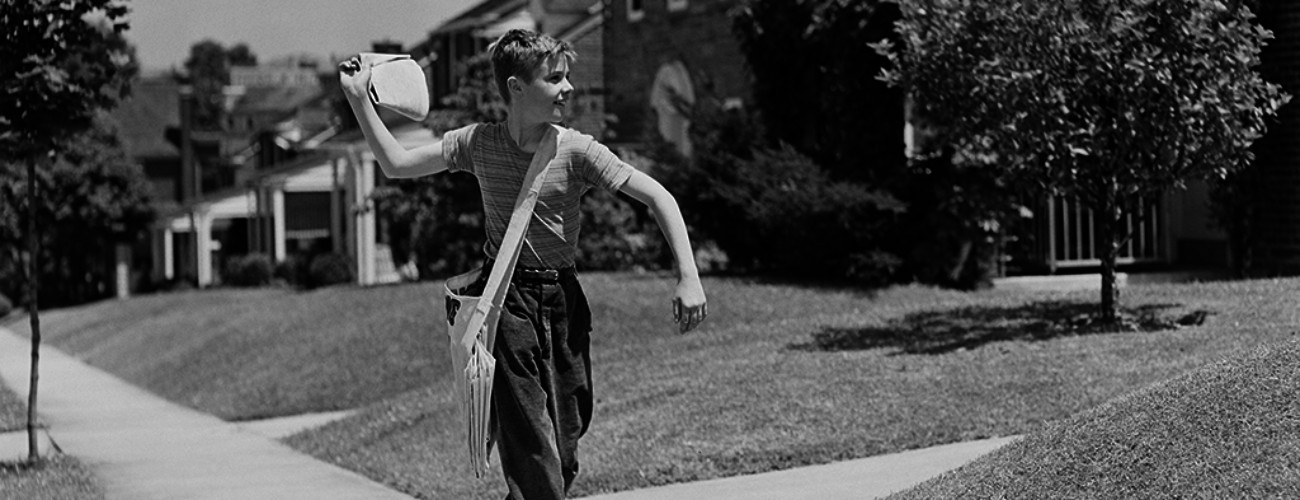Sign up for The Media Today, CJR’s daily newsletter.
The horror played out in an all-too-familiar pattern across news outlets. Cell phone video of people screaming and scrambling for safety, early reports identifying the shooter and a possible accomplice, somber voices of terrorism experts and law enforcement veterans. On Sunday evening, a country music festival in Las Vegas became the site of the deadliest mass shooting in modern American history, at least for now.
Just over a day after a man opened fire from his elevated perch on the 32nd floor of the Mandalay Bay Resort and Casino, investigators are still trying to determine a motive. What is known is that 59 people are dead and more than 500 are injured. Police recovered 23 guns in the shooter’s hotel room and 19 more at his house in Mesquite, Nevada.
The front page of tomorrow's @washingtonpost, another front page dominated by horror, terror and death in America pic.twitter.com/VaD6H3thLO
— “Mark Berman” (@markberman) October 3, 2017
In the hours after this uniquely American tragedy, gun control conversations start immediately. Reuters’s Jeff Mason used the second question of the White House press briefing to ask Sarah Sanders whether this shooting had led President Trump to consider pursuing tighter gun laws. Reporters and television anchors referenced the issue throughout the day’s coverage. “I wish I could tell you this is the last time I’m ever going to report to you about the deadliest mass shooting in modern American history,” Jake Tapper said on CNN. “But I cannot tell you that.” Writing in The New York Times, Democratic Congressman Steve Israel asked and answered, in the wake of the Las Vegas shooting, “‘Will anything change?’ The simple answer is no.”
ICYMI: The story behind a photo no one in the mainstream media wanted to publish
While one thread of coverage centered on guns, another focused on the gunman. Early reports identified him as a 64-year-old Las Vegas resident, and the phrase “lone wolf” quickly appeared in stories. As Poynter’s Indira Lakshmanan notes, that fits a pattern. “The unspoken implication is that if a white, non-Muslim person mows down innocent victims and terrorizes a community, it was a disturbed loner in a freak incident,” she writes. Race also played into word choices describing the attack as the “worst mass shooting in US history.” Vox’s German Lopez explains how that distinction overlooks race-based violence in the past.
As journalists scrambled to report out details of the shooting, identify the gunman, and tell the victims’ stories, fake news and conspiracy theories muddied the waters. At points yesterday, both Google and Facebook surfaced erroneous, conspiracy-driven stories among their top results on the shooting. BuzzFeed’s Charlie Warzel writes that big tech platforms are still botching breaking news.
The stories of lives lost or forever altered will continue to be told. The search for a motive will go on. Judging coverage less than 36 hours after a horrendous attack is uncomfortable. But journalists and newsrooms should learn from the lessons of Las Vegas because, if one thing is sadly certain, it’s that this sort of thing will happen again. Below, more on the coverage of and reaction to Sunday’s events.
- The lives of those lost: A special education teach from California, a nurse from Tennessee, an off-duty police officer from Las Vegas. The stories of those killed on Sunday night are starting to be told. BuzzFeed, The Washington Post, and The New York Times each have developing stories with snapshots of their lives.
- Photographing the horror: David Becker was assigned to take photos of the country music festival for Getty Images. Instead, he ended up covering a tragedy.
- Another ‘worst’ mass shooting: The New Yorker’s Jelani Cobb called the events in Las Vegas, “an entirely predictable, politically abetted evil.”
- Local coverage: As news of the shooting broke, reporters at Las Vegas’s leading newspaper, the Review-Journal, rushed to cover an attack in their hometown. The Washington Post’s Paul Farhi has the story of how they did it. Also worth mentioning: The tiny Nevada Independent, with just six reporters, did excellent work.
- “Sometimes these things just happen”: For the fifth time, The Onion had reason to run its story titled, “‘No Way To Prevent This,’ Says Only Nation Where This Regularly Happens.”
- Late night watch: Jimmy Kimmel once again got serious in his opening monologue. The Las Vegas native made an emotional, at times angry, plea for something to change.
Other notable stories
- CJR’s Jonathan Peters talked with 10 media lawyers and news executives about how outlets should respond if one of their reporters is arrested while doing his or her job.
- Tom Petty died late last night. Earlier yesterday afternoon, premature reports of his death were widely shared. The Washington Post’s Paul Farhi looks at how the confusion happened.
- The New Yorker’s Janet Malcolm profiles Rachel Maddow, “Trump’s TV nemesis.”
- The Ringer’s Bryan Curtis says that sports has a fake news problem. “Not long ago, when Trump was distracted by other fronts in the culture war, it was suggested that the sports world was a rare refuge for truth and fact,” Curtis writes. “If that was ever the case, it isn’t any longer.”
- The first week in October is mental health awareness week, and—as CJR’s Meg Dalton writes—”journalism is years behind other professions in how it deals with trauma.” In the first of a series of pieces on mental health, Dalton talks with journalist Mac McClelland about how journalists, and their employers, can better address PTSD.
Has America ever needed a media defender more than now? Help us by joining CJR today.



